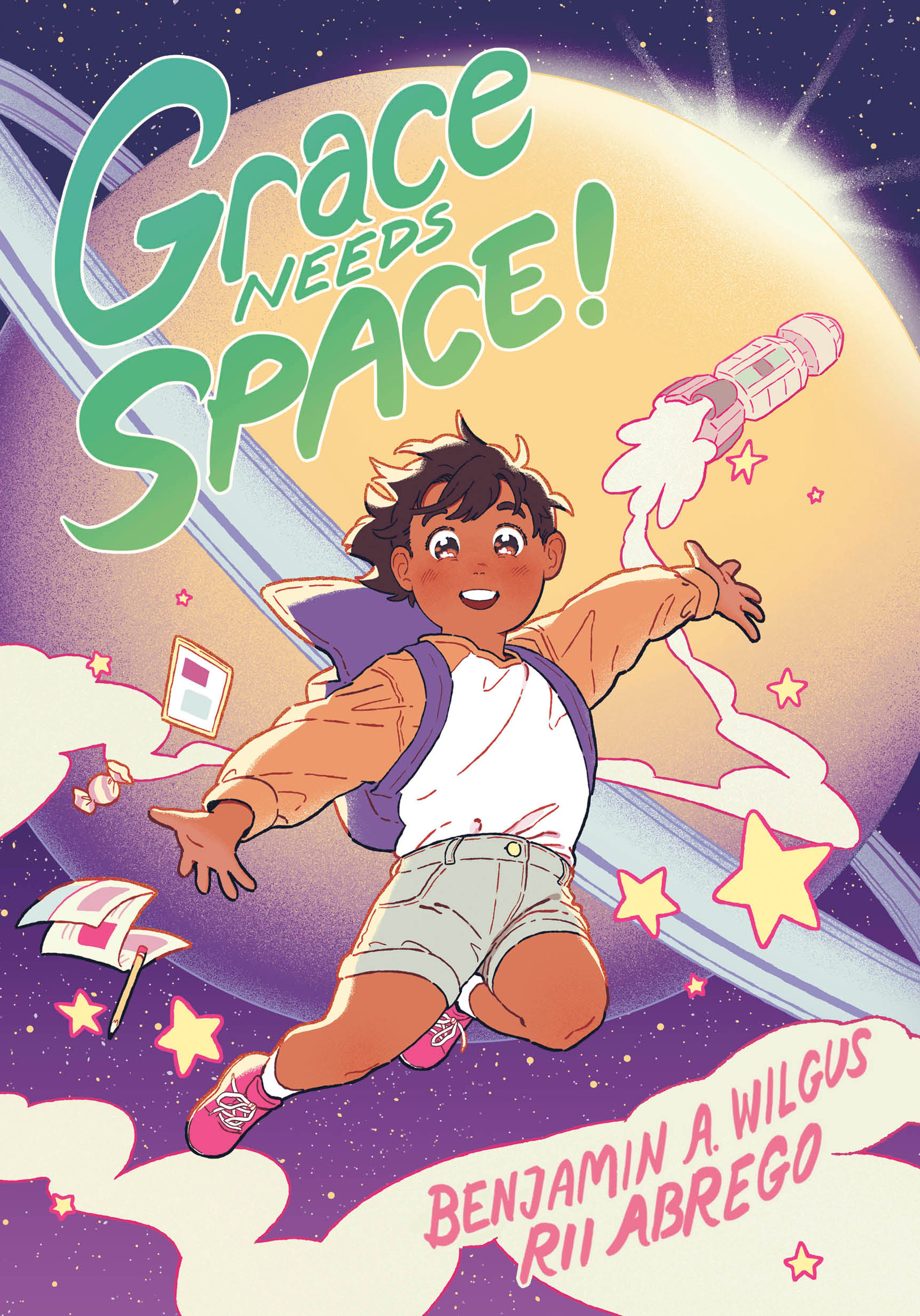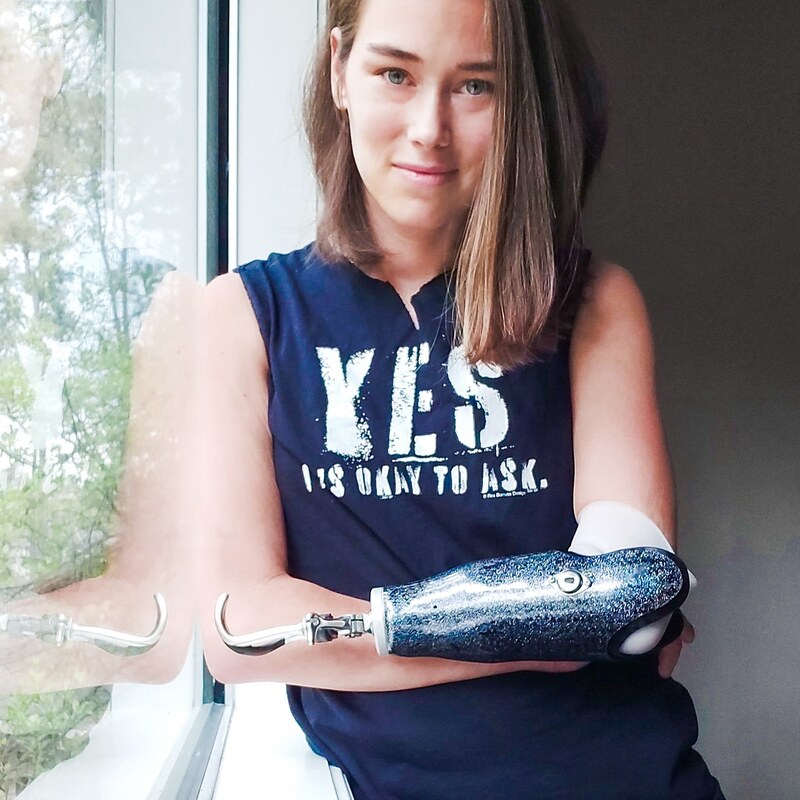
by Michele Kirichanskaya | Apr 16, 2023 | Blog
Rii Abrego is a Latina illustrator and comic artist who resides in the very humid southern United States. Rii has provided work for Random House, Oni Press, BOOM! Studios, Lion Forge, OMOCAT, Harmonix, Kazoo magazine, Ascend Comics, and Power & Magic Press, among...

by Michele Kirichanskaya | Sep 9, 2022 | Blog
Samantha San Miguel grew up barefoot in South Florida. Living in this wild, diverse, and exuberant state taught Samantha a lifelong respect for the natural world with both its dangers and delights. Working there as an adult taught her a love for the colorful...




